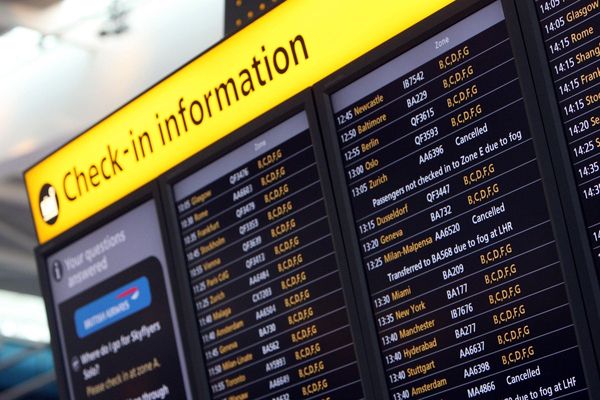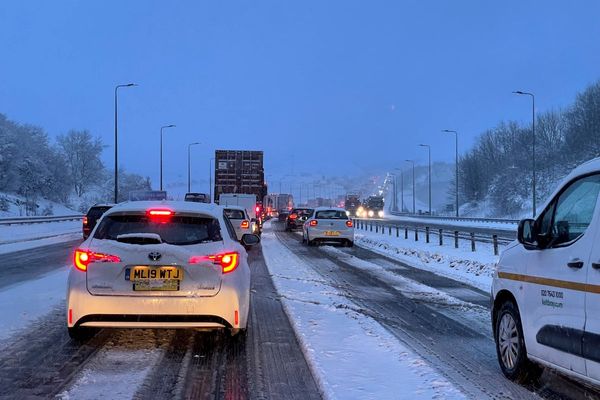
The economy is going to get worse before it gets better. That’s Jeremy Hunt’s assessment of the current state of the UK and few would quibble with the chancellor’s judgment.
If ever there was a case of one swallow not making a summer, then the October growth report from the Office for National Statistics was surely it.
Certainly, the economy expanded by 0.5% on the month, but that was mainly because of a bounceback in activity from September’s 0.6% fall, when there was an extra bank holiday for the funeral of Queen Elizabeth II.
While bank holidays are good for some sectors of the economy – such as hospitality – overall the closure of offices, factories and building sites leads to lower gross domestic product.
Retailers had a better time of it in October, and there was a marked pickup in new car sales after a particularly weak September. Activity in the health sector also increased as the autumn vaccine booster drive continued.
A better guide to the underlying state of the economy is provided by the quarterly data, which showed GDP 0.3% lower in the three months to October compared with the three months ending in July.
This is hardly a surprise given the impact high inflation is having on household budgets and business costs. Weaker consumer spending and mothballed investment plans are the direct consequence of the sharpest annual price rises in four decades.
There is, as Hunt admitted in his response to the official data, a tough road ahead. After October’s increase in GDP, the economy is now 0.4% bigger than it was in February 2020 when the UK started to feel the effects of the global Covid-19 pandemic.
Yet with real incomes being squeezed and the Bank of England certain to increase interest rates again later this week, the outlook is for the economy to contract for at least the rest of the winter, and perhaps beyond.
On the upside, there is some hope that inflation is at – or close to – its peak, which may mean the Bank can limit increases in the cost of borrowing.
But the question is not whether the economy is about to enter a recession but how deep and how long that recession will be. The Bank is predicting a protracted but shallow downturn, but the risks of something more painful are clearly there.







